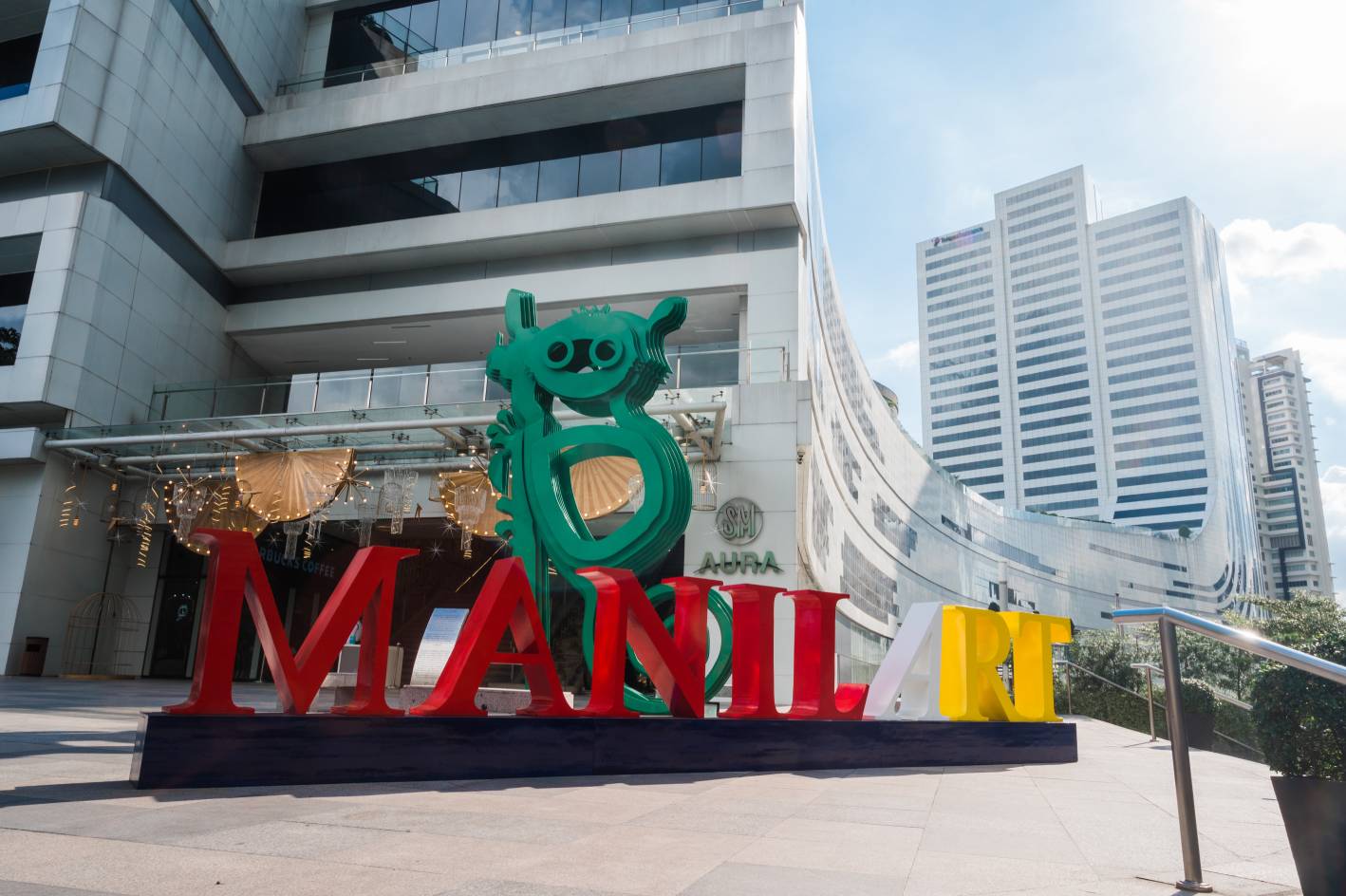When you love entertaining at home, the details make all the difference. While your living room and dining area may be the main attractions, don’t underestimate the importance of a well-prepared powder room. This intimate space can reflect your hospitality and attention to detail, providing your guests with an unexpectedly luxurious experience. Here’s a guide […]
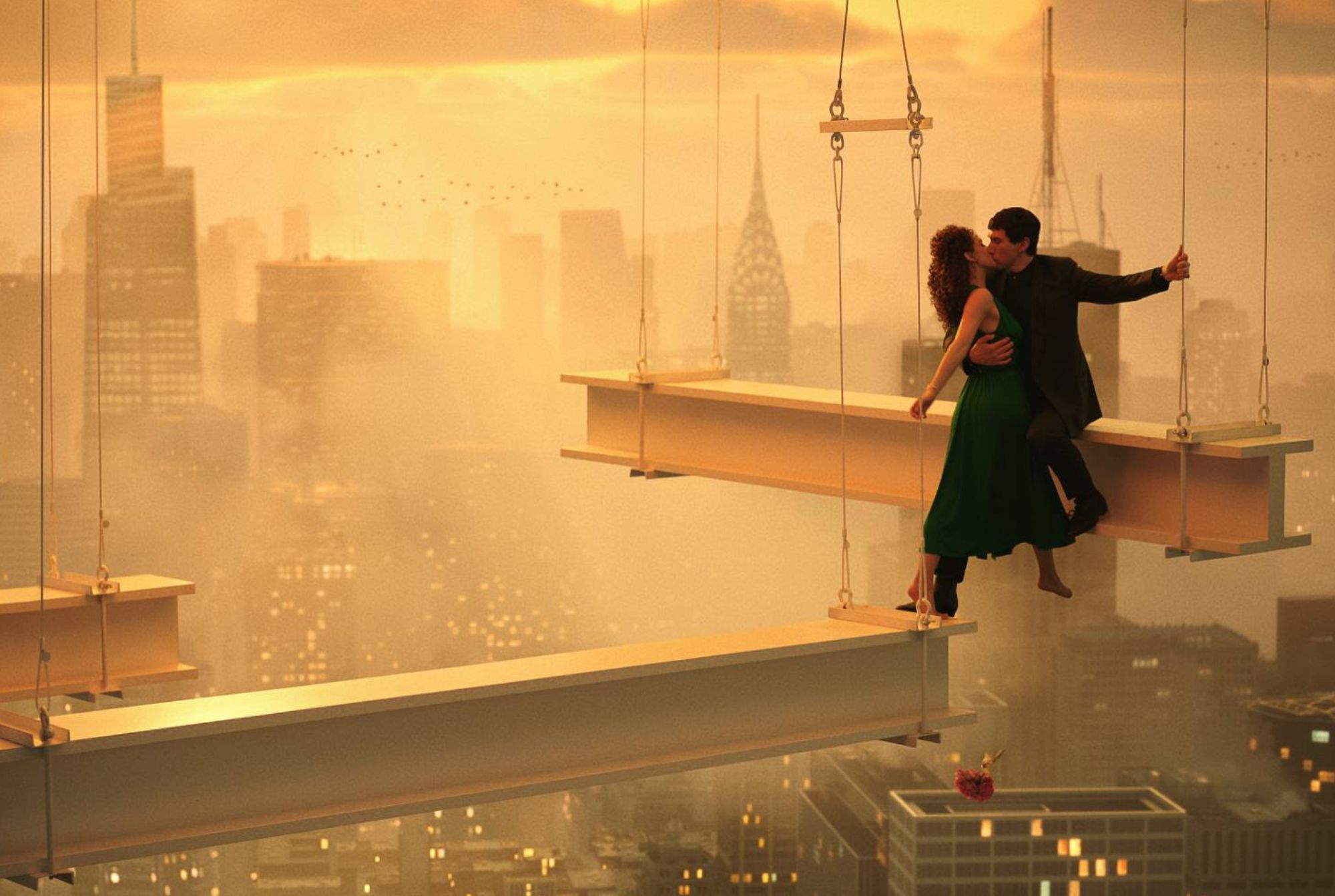
‘Megalopolis’: Analyzing The Movie’s Themes and Architecture
Warning: Spoilers for ‘Megalopolis (2024)’
Megalopolis is a 2024 epic drama directed by the legendary Francis Ford Coppola, the director of The Godfather and Apocalypse Now. Advertised as a “fable”, Adam Driver stars as the film’s protagonist, genius architect Cesar Catilina, who battles with Mayor Franklyn Cicero (Giancarlo Esposito) to build a futuristic utopia called Megalopolis.
Coppola’s original story was inspired by the Catiline conspiracy in the ancient Roman Republic. The film merges different genres in its attempt to encapsulate the vision of the director. It includes elements of science fiction, political intrigue, cultural satire, and pseudo-historical ideas and designs.
History of ‘Megalopolis’
Megalopolis, for much of the past five decades, was the Moby Dick to Coppola’s Captain Ahab. Conceived in the late 1970s, Coppola has worked on the film on and off for decades, including two false starts in production in the 1980s and 2000s. The former was halted by funding problems from Hollywood, and the latter by 9/11.
Many film fans believed the project would never see the light of day. Coppola himself said that due to the lack of studio interest, he would likely self-finance the movie if he ever decided to make it.

Eventually, the legendary director put up $120 million of his own money to make the film outside of the studio system. He famously sold his winery in California to help fund the movie, intent on getting his vision on the screen. For much of the past two years, reports surrounding the film include the firing of the visual effects team, allegations of unprofessional conduct, divisive critical responses, and distribution problems.
But finally, after decades of struggle, Coppola got the movie out to the public. And regardless of its polarizing quality, the film contains a rich text that seeks to re-analyze the place of the artist in the creation of a better future.
Dictating the Future of the City
A major element of Megalopolis is its discussion of architecture. New Rome, the film’s amalgamation of Ancient Rome and New York City, recently got hit by a Soviet satellite, destroying large parts of the city. Millions of people have been displaced, and many more live in poverty with substandard homes.
Much of the film clashes on the two leaders attempting to dictate the future of the city.
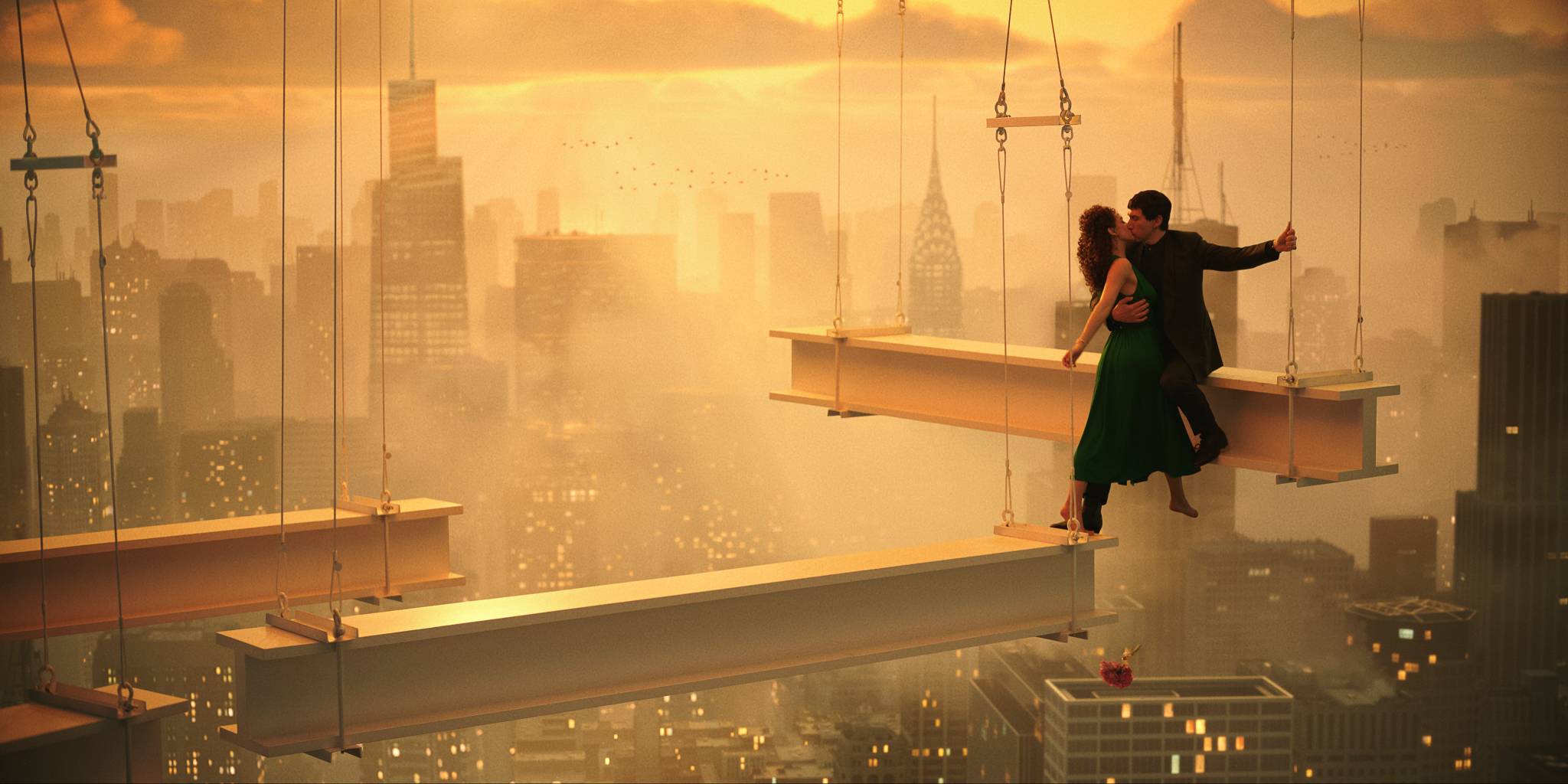
Catilina, the protagonist, seeks to create a utopian society made up of buildings created from a bio-adaptive material he created called ‘Megalon.’ The crux of the opposition comes from Cicero, who desires a more grounded approach in rebuilding the city.
Unfortunately for architects and architecture enthusiasts, Coppola seems unwilling to ground his ideas in current reality. Theoretically, this film, which puts forward the desire to create something environmentally-friendly, comes at a time when biophilic design is on the rise as an architectural practice. But the film itself doesn’t touch on that, and the age of its script appears in that blind spot.
Megalon and Magical Thinking
Much of that is due to Coppola’s reliance on Megalon to push the plot forward. This material, which Catilina won a Nobel Prize for in the movie, makes no sense outside of the narrative. In theory, one could postulate from the movie that this is a moldable material akin to plastic, but with more adaptive, nature-friendly elements.
In practice, the different uses of Megalon in the film strain credulity. It doesn’t just create buildings, it creates clothes, projections of memories, people-friendly transportation, and more. When Catilina gets shot in the middle of the movie, they use the material to mold a new face for him from his DNA.
The material seems practically magical, to the point where the narrative should be openly questioning Catilina’s reliance on it. In fact, a small scene contains construction workers discussing a new scientific study that believes Megalon to be unsafe. Catilina responds to this by ripping the paper reporting the findings and leaving.
Biophilic Design and Creating Livable Societies
More than that, Coppola’s designs for a futuristic utopia does not seem livable for a mass of people. The designs mimic blossoming flowers in their look, all billowing curtain-like material in its surroundings. Catilina claims that the city can expand as needed, but lays little proof on the table for it.
It doesn’t feel like it’s built into the environment of the city. Real-life biophilic designs that integrate the environment exist; Singapore, for example, continues to make strides in that department.
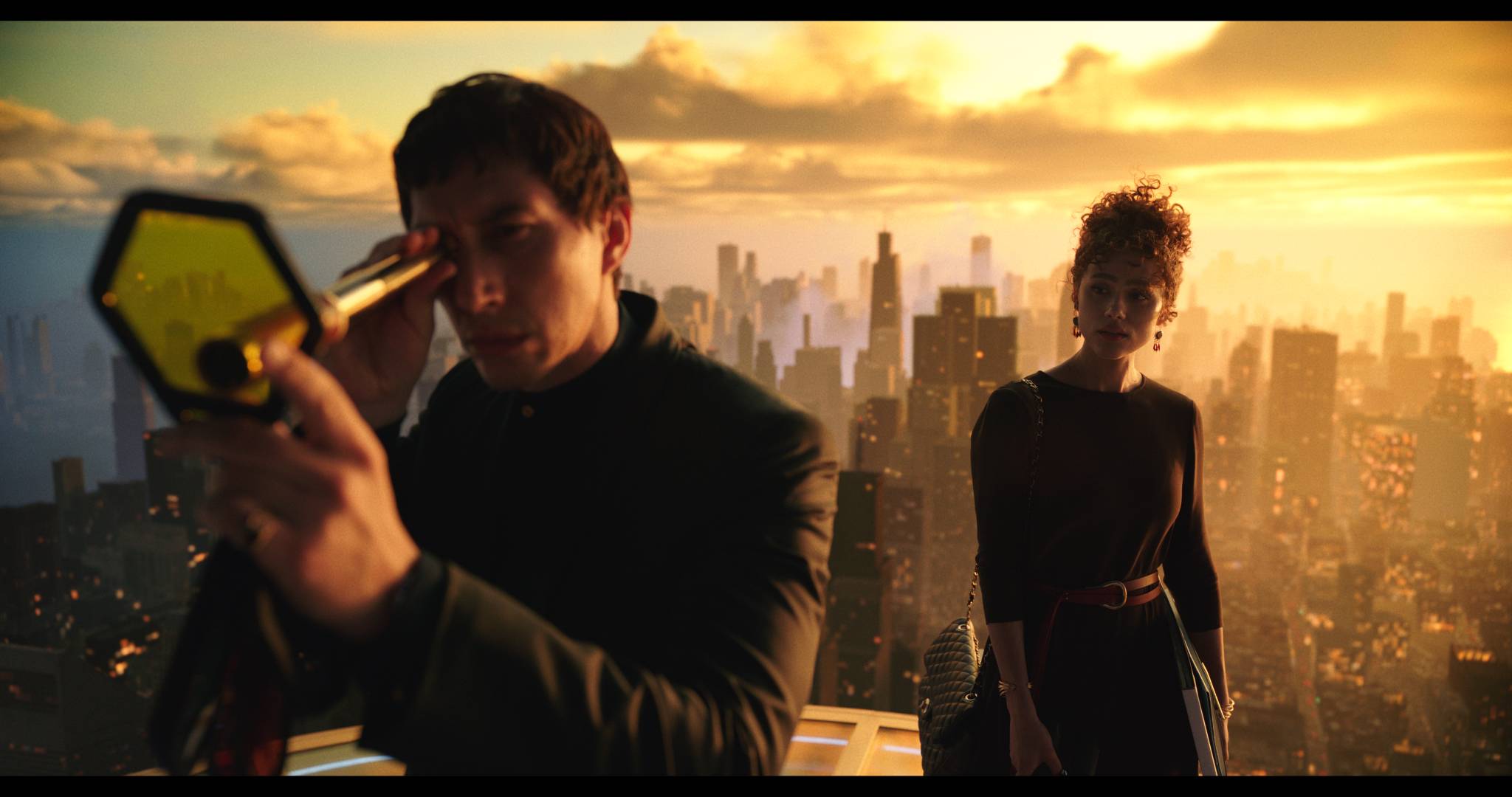
But all of the designs and ideas shown to represent Megalopolis refuse to highlight how it can house millions of displaced people, or how it can handle the different societal and logistical problems that would arise in this situation. The literal ending speech asks the citizens of New Rome to trust Catilina, that it will all end up well for everyone.
We don’t need magical materials like Megalon to create livable cities. In fact, much of the architecture research today looks into reusing what we have now to create sustainable cities for tomorrow. It is possible to create the utopian livable cities with the resources we have today.
For all the imagination Coppola has, he cannot seem to imagine a utopia grounded in the realities and efforts of the present. In all his optimism for the future, he asks his viewers, somewhat literally in the film, to disregard the real-life economics of city building and to just trust “great men” to lead the people into something great.
Great Men and Objectivism
Its “great men” narrative feels problematic and startlingly regressive for such a forward-thinking film. While the architecture appears unrealistic, its narrative that all we need is “great men” to fuel our society’s rise emerges as ideologically-naive at best and chaotically-contradictory at worst in its own narrative.
Coppola said in the past that the film was inspired by author Ayn Rand, and it shows. Its focus on architecture and a stubborn great man going against the establishment harkens back to Rand’s novel The Fountainhead, which has a similar theme.
Rand’s philosophy, Objectivism, pushes individualism over collectivism in society. It mainly rallies against government intervention and regulation to instead produce a laissez-faire capitalist society where great men and companies can pursue whatever they desire. It is, unsurprisingly, popular with right-wing politicians in the United States.

The Myth of the Singular Genius Visionary
Megalopolis excuses a lot of Catilina’s actions as a tortured genius building a better future for all. One of the most infuriating things about the film is its call for people to come together as a community whilst the protagonist refuses to explain his actions to the public it’s affecting. The protagonist is literally destroying people’s housing and leaving them homeless in the film, and the narrative sees that fear as irrational and Catilina’s actions as justified for a new, better society.
This movie deeply believes that this one great man can lead people to salvation. Coppola believes that the Roman Republic could’ve been saved from its fascistic empire if only they had listened. But in its portrayal, it doesn’t mention that the fascists who did rule Rome believed themselves to be great men, too—and their attempts at utopia never panned out as planned.
Thematically, the movie doesn’t work. The exploration of its ideas ends up really shallow despite the grand scale of the narrative.
Looking Towards the Future
For however Megalopolis works as a movie, it works less as a morality fable and more as a personal vision of decadence and destruction. The best thing about the film is how Coppola presents a deteriorating society filled with decaying statues and seemingly-crumbling Classical buildings.
There’s a specificity in the shown experience that reflects Coppola’s personal perspective on the decay of mankind. He takes care to show scene after scene of moral poverty, political manipulation, and specific social satire that paints a world in need of saving. At times, it really does seem like a movie made in the 1970s due to its incisive commentary reminiscent of New Hollywood artists like Robert Towne and Warren Beatty.
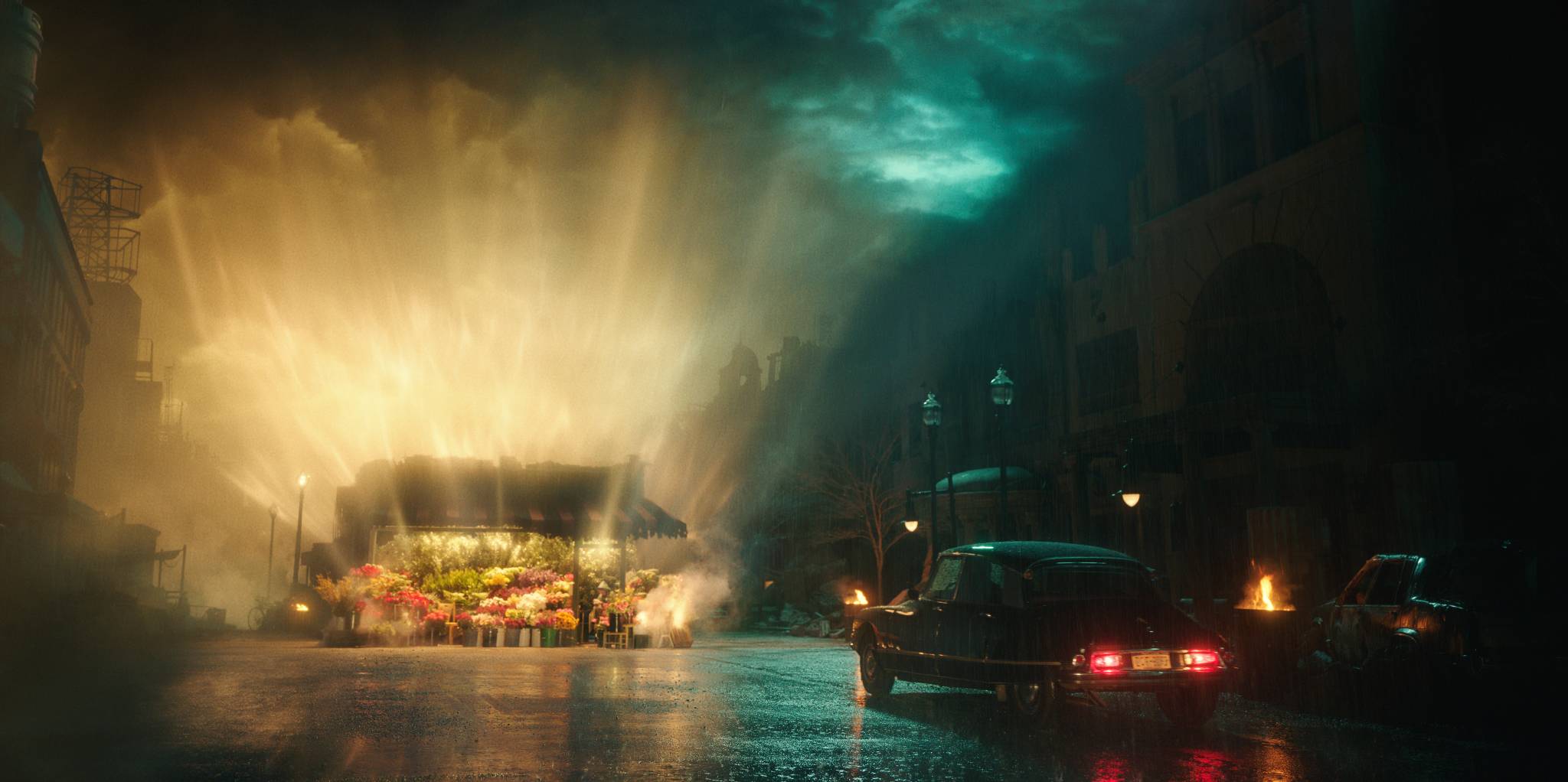
The movie feels transcendent at times, its choices daring even for an auteur like Coppola. The whole series of sequences in Madison Square Garden work masterfully in its writing and execution. A scene where Catilina drives through an abandoned part of New Rome feels like Gothic noir. These scenes function splendidly alone, but the movie never coalesces into the great ambition Coppola has for it.
Analyzing ‘Megalopolis’ As A Whole
This film has been compared to a lot of movies, often derogatorily. From films by underground filmmaker Neil Breen to Richard Kelly’s Southland Tales to Damien Chazelle’s Babylon, many see this movie as artistry run amuck—what happens when a great director doesn’t hear the word “No” a lot.

And yet, personally, it’s none of those films at all. Coppola takes more risks in this one movie than most filmmakers would do their whole careers. It careens from one big idea to another with hyperactivity, never settling in its choices until the end credits. More than that, it feels earnest to a fault, a genuine love letter by the director to the better sides of humanity and the communities we build, however flawed the execution.
This is uniquely its own thing in film history—not a masterpiece, but a monument to a singular filmmaker’s vision seen to fruition come hell or high water. This compares to no film in the past because no film has the combination of ego, vision, and money to match the scale of vision like Coppola has today.
Megalopolis stands alone, frozen in time, possibly the final gift to culture of one of the greatest who ever did it.
Photos Courtesy of Lionsgate Publicity.
Related reading: Thematic Architecture in ‘The Boy and the Heron’

